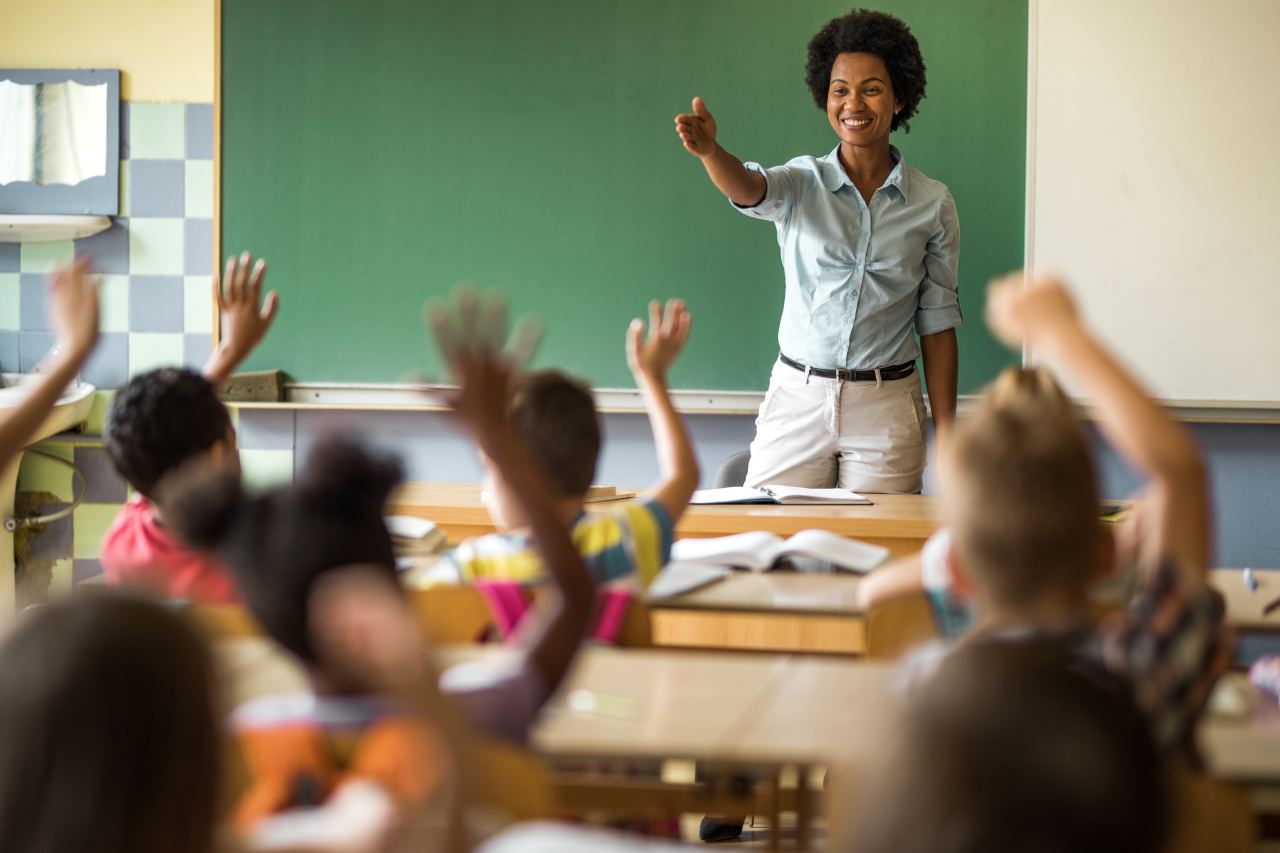Boost Your Child’s Confidence with Primary Science Tuition Singapore
Boost Your Child’s Confidence with Primary Science Tuition Singapore
Blog Article
Discovering the Different Training Techniques in Primary Science Education Today
The landscape of main scientific research education is evolving, with numerous mentor approaches getting prestige in modern classrooms. Inquiry-based discovering, hands-on experiments, and the integration of modern technology are redefining just how instructors involve young minds. Additionally, joint methods and distinguished guideline are being employed to accommodate the diverse needs of pupils, boosting both engagement and understanding. As we examine these methodologies, concerns occur concerning their efficiency and the effects for future educational techniques. What might these changes in method mean for the next generation of learners?
Inquiry-Based Knowing
Inquiry-Based Discovering (IBL) is a pedagogical approach that urges students to check out scientific principles via doubting, examination, and hands-on trial and error. This technique emphasizes the duty of pupils as active individuals in their learning, advertising important thinking and analytic skills. By involving with real-world questions, students end up being interested and inspired, which enhances their understanding of scientific principles.
In IBL, educators function as facilitators, guiding pupils as they browse their questions instead than providing details directly. This student-centered method enables distinction, suiting numerous learning designs and speeds. Students establish abilities in creating hypotheses, designing experiments, and assessing information, which are crucial for clinical proficiency.
Additionally, IBL promotes partnership amongst pupils, encouraging them to share ideas and searchings for. This collective inquiry promotes social skills and a feeling of community within the classroom. The procedure of questions encourages resilience, as students find out to accept failing as a tipping stone toward understanding.
Hands-On Experiments
Hands-on experiments are a crucial component of effective science education, matching the principles of inquiry-based discovering. These experiments allow trainees to engage directly with clinical concepts, fostering a deeper understanding via experiential learning. By manipulating materials and observing results, young students can grasp abstract concepts in concrete methods.
Such activities advertise critical reasoning and analytical abilities, as pupils assume outcomes, conduct experiments, and examine outcomes. This process urges them to ask inquiries, improve their understanding, and develop a clinical way of thinking. Hands-on experiments can be customized to varied learning designs, making sure that all trainees have the chance to involve meaningfully with the content.
Additionally, hands-on experiments often urge collaboration among peers, promoting team effort and communication skills. Operating in groups enables pupils to share concepts, discuss searchings for, and find out from one an additional, which enhances their general instructional experience.
Incorporating hands-on experiments right into the key science curriculum not only improves the learning atmosphere yet additionally cultivates a long-lasting interest in science. By proactively joining their education and learning, students are a lot more most likely to establish a passion for clinical query that expands past the classroom.

Modern Technology Assimilation
Integrating technology right into primary scientific research education and learning has actually come to be progressively essential in cultivating student engagement and boosting finding out end results. The usage of electronic tools, such as interactive simulations, online laboratories, and academic software application, supplies pupils with chances to explore scientific principles in cutting-edge methods. These resources assist in a deeper understanding of complicated subjects by enabling learners to envision and control variables that would be not practical in a traditional class setup.
Additionally, innovation assimilation motivates individualized finding out experiences. Pupils can advance at their own rate, revisiting challenging concepts through multimedia resources, which accommodate various learning designs. This adaptability not only sustains specific my response development yet also grows a sense of autonomy in learners.
Furthermore, technology works as a bridge to real-world scientific research, attaching pupils with current research study and expert payments. Access to clinical journals and on-line data sources expands students' perspectives on scientific query and cultivates essential thinking skills.
Collaborative Discovering
Collective understanding plays a vital role in main scientific research education by fostering team effort and interaction abilities among students. This technique urges learners to interact, share knowledge, and participate in analytical, which boosts their understanding of scientific ideas. By taking part in team tasks, students find out to articulate their concepts, pay attention to varied point of views, and work out services, all of which are essential abilities in both real-world and academic contexts.

Research study suggests that joint discovering can bring about enhanced inspiration and engagement in science topics, as pupils find pleasure in shared experiences (primary science tuition Singapore). In addition, this strategy prepares students for future collaborative endeavors, equipping them with the abilities needed for reliable see page synergy in greater education and learning and specialist environments. Eventually, embracing collective understanding in key science education and learning can significantly enrich the discovering experience and advertise a much deeper understanding of clinical questions
Differentiated Instruction

Distinguished direction can materialize in different means, such as varying the material, procedures, or items of understanding. For example, educators may use tiered assignments that offer differing levels of intricacy, allowing pupils to operate at their corresponding preparedness degrees. Additionally, adaptable grouping techniques can help with collaboration among students with different capacities, promoting peer learning.
Analysis plays a crucial duty in this method, as it informs guideline and assists teachers comprehend each pupil's unique requirements. Developmental analyses, such as tests and observations, can lead instructors in readjusting their approaches to enhance finding out outcomes. primary science tuition Singapore. Eventually, by executing set apart direction in key science education, teachers can grow a much more equitable and efficient discovering environment, empowering all students to reach their full capacity in comprehending clinical sensations
Verdict
In recap, the diverse training strategies in primary science education, consisting of inquiry-based learning, hands-on experiments, modern technology site combination, collective knowing, and separated instruction, jointly add to a more reliable understanding environment. These techniques promote vital reasoning, analytical skills, and a deeper understanding of scientific concepts. By implementing these techniques, teachers can produce encouraging and engaging class that resolve the different requirements of pupils, inevitably fostering a long-lasting interest in science and improving academic accomplishment.
Inquiry-Based Understanding (IBL) is an instructional technique that motivates trainees to explore scientific principles via wondering about, examination, and hands-on experimentation.Joint knowing plays a vital function in main science education by promoting teamwork and interaction abilities among pupils.Research shows that collective knowing can lead to increased inspiration and engagement in science topics, as trainees find satisfaction in shared experiences.In cultivating a comprehensive knowing setting, set apart direction emerges as a key approach to fit the varied requirements and capacities of trainees in primary scientific research education. Inevitably, by executing set apart direction in key science education and learning, educators can grow an extra equitable and effective understanding atmosphere, encouraging all students to reach their complete possibility in comprehending clinical phenomena.
Report this page